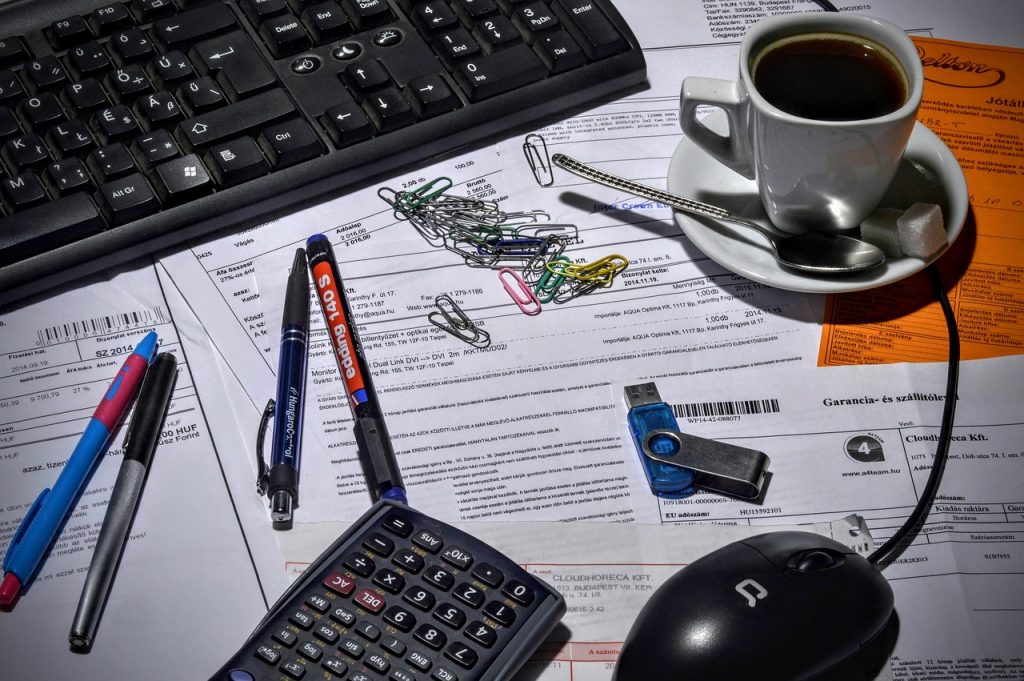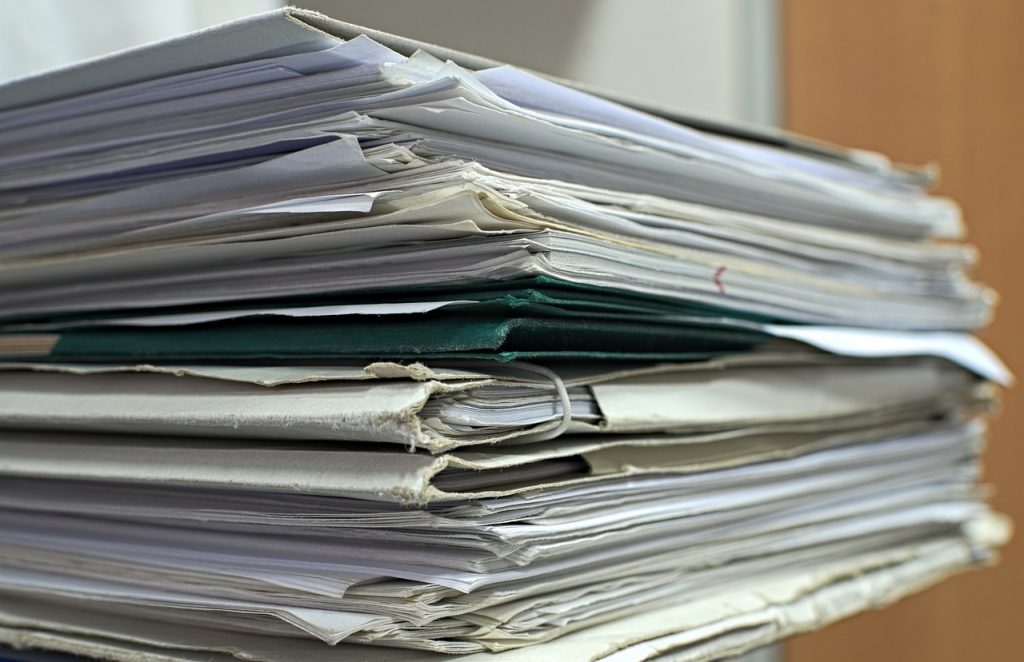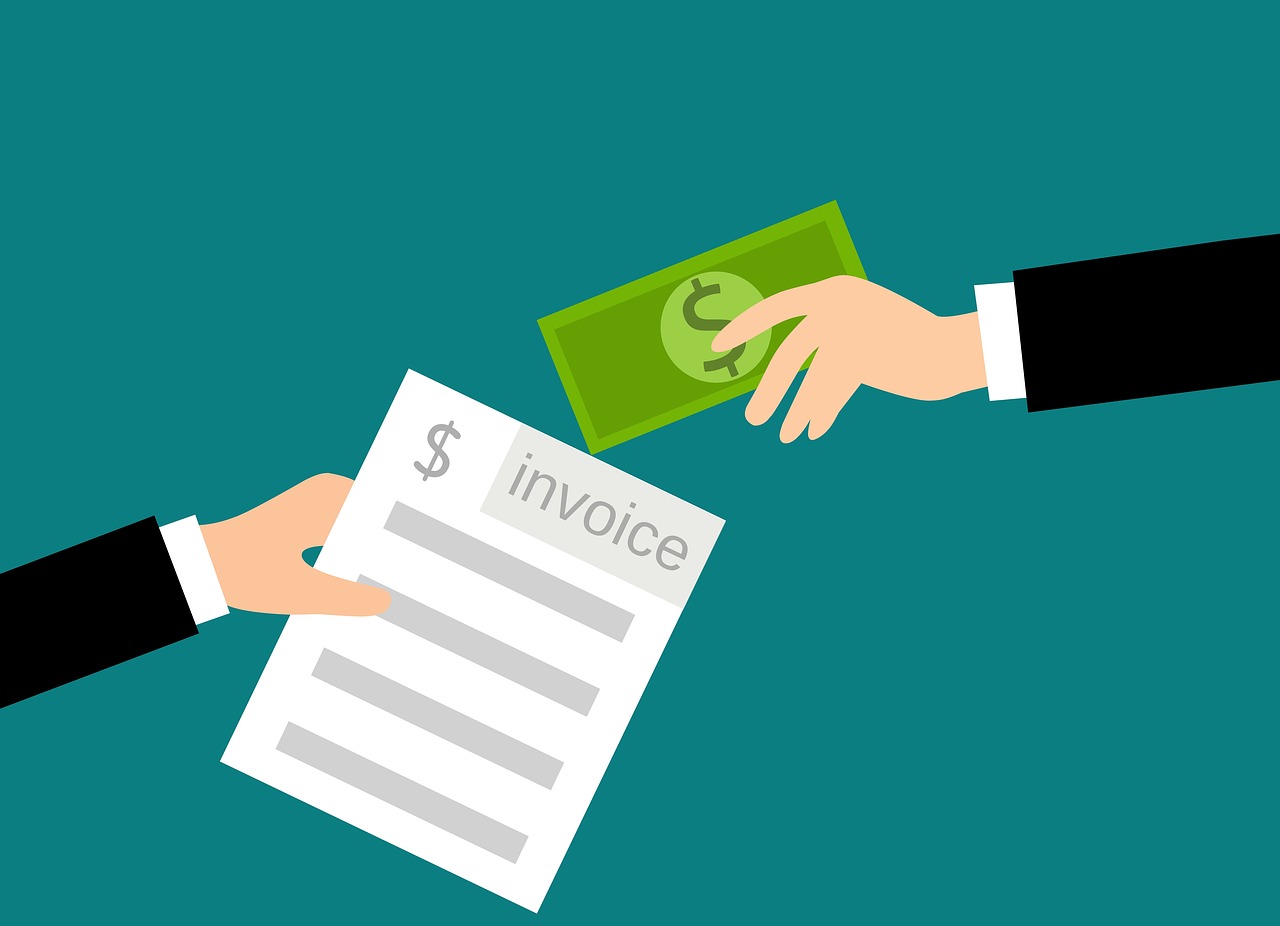9 Invoicing Documents to Know (and When to Use Them)
Whether you’re a seasoned business owner or just starting out, navigating the invoice and tax terrain can be a daunting task. With an array of documents to keep track of, understanding what each document is and when and how to use it is essential for the smooth running of any business. Here, at Saldo Invoice, we aim to demystify these documents, ensuring that you’re not just fluent in invoicing terminology but that you can also use these files effectively to maintain a healthy cash flow and build lasting relationships with your clients and vendors.
The World of Invoicing Documents
Invoicing doesn’t have to be a tedious process. With the
right tools and knowledge, you can tackle your billing needs head-on. Many people tend to think that a bill is just a bill, but there are many types of invoicing documents, and each serves a unique purpose. From making a sale to processing returns, there’s an invoicing document for almost every financial transaction. By understanding the purpose and significance of each document, you can make informed decisions that positively impact your business.
Explanation of Each Document’s Purpose and Function
A fundamental part of understanding your business’s financial landscape is being able to distinguish between various invoicing documents. Whether it’s a regular invoice, a tax invoice, a proforma invoice, a credit note, or a purchase order, each document plays a critical role in different aspects of the financial transaction process.

Invoice and Tax Invoice
An invoice is a financial document issued by a seller to a buyer that outlines the products or services provided, their quantities, and the agreed prices for these products or services. It serves as a request for payment and a record of sale. It also helps to keep track of inventory, payments, and business income.
A tax invoice, on the other hand, is a more specific type of document. In addition to the details provided on a standard invoice, a tax invoice includes tax-related information, such as the tax amount and the tax rate applied.
Here are the specific features of each:
Invoice
- Contains seller and buyer details;
- Acts as a legal document for the request of payment.
Tax Invoice
- Contains all the details of a standard invoice;
- Includes tax amount and tax rate;
- Is mandatory for claiming tax credits.
Remember, using an appropriate format not only aids in prompt payment but also helps avoid legal issues and ensures you’re ready for tax time. Visit our wide collection of professionally designed
invoice templates to find one that suits your business needs best.
Proforma Invoice and Receipt
In the spectrum of invoicing documents, a proforma invoice and a receipt sit at distinct stages of a business transaction. Let’s delve into their specific roles.
A proforma invoice is a preliminary invoice, often used as a quote or estimate, before a deal is finalized. It gives the buyer a clear understanding of what they’ll receive and the cost involved, helping them make an informed decision.
A receipt, on the other hand, is a document issued to acknowledge a completed payment. It serves as proof of purchase and is often used by customers for reimbursement or warranty purposes.
Key characteristics include:
Proforma Invoice
- A preliminary bill of sale sent to buyers before a product is delivered or service is completed;
- Includes a detailed list of goods or services to be provided;
- Does not serve as a demand for payment.
Receipt
- Serves as proof of payment for a product or service;
- Details the items purchased, their prices, and the total amount paid;
- Often includes payment date and method.
Understanding the specificities of these documents, such as receipts, helps to maintain accurate financial records, validates your income reports, and provides legal protection for both the buyer and seller. An informed use of receipts can promote smoother operations, foster customer confidence, and augment your overall business productivity.

Sales Receipt and Quote
Moving further along the transaction process, we come across the sales receipt and the quote. Both are critical in their respective stages of the sales journey.
A sales receipt is a document that confirms a transaction between the buyer and seller. It’s typically issued after receiving the payment.
A quote, also known as a quotation or sales quote, is an official statement from the seller to the prospective buyer. It details the cost of goods or services, valid for a specific period.
Here are their key features:
Sales Receipt
- Provides a detailed list of products/services purchased and their total cost;
- Can serve as proof of ownership.
Quote
- Includes a validity period after which the quote may no longer be honored;
- Is often used in the negotiation phase of a sale.
Grasping the nuances of these invoicing documents can greatly streamline business transactions, as each party knows exactly where they stand at any given moment. This understanding paves the way for increased customer trust as it projects transparency and professionalism. Moreover, this knowledge can significantly enhance your overall business efficiency, enabling you to navigate through financial processes swiftly and accurately, thus saving time, reducing errors, and fostering a more productive work environment.
Estimate, Credit Memo/Credit Note, and Purchase Order
Closing our list of invoicing documents, we have three more important documents to discuss—an estimate, a credit memo/credit note, and a purchase order. Let’s break down their roles in business transactions.
An estimate (also known as a quote) is a document that provides the client with a rough calculation of the cost of goods or services. It’s usually the first document provided in the sales process, giving the client an idea of what to expect before committing to the purchase.
A credit memo/credit note is issued by a seller to a buyer, often in situations where products are returned or an error occurred on the initial invoice. This document indicates that the buyer has a credit in their account, which they can use for future purchases or request a cash refund.
A purchase order (PO) is a document sent from a buyer to a seller, authorizing the purchase of certain goods or services.
Here are their key features:
Estimate
- Provides a preliminary cost of goods or services;
- Non-binding, meaning prices and terms can change;
- Used before a final agreement is reached.
Credit Memo/Credit Note
- Issued when goods are returned or an error is found;
- Indicates the buyer has a credit in their account;
- Can be used for future purchases or a cash refund.
Purchase Order
- Authorizes the purchase of goods or services;
- Includes descriptions, quantities, and agreed prices.
Depending on the nature of your business, you might need to use different invoicing documents at various stages. To help you with this, we offer a wide range of
invoice templates categorized by type. These blanks can simplify your invoicing process, saving you time and reducing the likelihood of errors.
Insights Into When and Why to Use Specific Documents
Knowing what invoicing document is appropriate to use at each stage of your company transaction can streamline your business processes and foster smoother relationships with your clients and vendors. Whether it’s securing a new order, acknowledging a purchase, processing a return, or confirming a payment, the correct document will ensure a seamless transaction.
Understanding the Right Time and Place
Invoicing documents are certainly not one-size-fits-all; in fact, each document carries a unique purpose and function tailored to different stages of a business transaction. From initiating a potential deal to finalizing a payment, different documents come into play, shaping the trajectory of the business process. Let’s delve deeper into the specifics of when and why you might use each of these documents in your business, providing a broader understanding of their practical applications:
- An invoice is used after a sale to officially ask for payment.
- A tax invoice comes in handy when the transaction includes a taxable amount and the buyer needs to claim a tax credit.
- A proforma invoice is used before a sale to give the buyer a quote or estimate of the costs involved.
- A receipt is used after payment to confirm and provide proof of the payment.
- A sales receipt is suitable in situations where payment is received immediately after the sale.
- A quote is used at the beginning of the sales process to give the buyer an estimate of the costs.
- An estimate serves to provide the customer with a rough idea of the costs before the work begins.
- A credit memo/credit note is used when a product is returned, an error is found in the invoice, or the seller owes the buyer.
- A purchase order is used to authorize a purchase before it happens and to detail the items bought.
By recognizing when to use each document, you’re ensuring clear communication with your clients, making certain that there is no room for misunderstanding or miscommunication regarding what stage of the transaction process you’re in. This clarity can increase client trust, as they will appreciate the transparency and professionalism your business exudes, which in turn can lead to more long-term business relationships.

Practical Examples and Scenarios for Document Usage
Understanding the theory behind invoicing documents is a crucial first step, but the real mastery lies in their practical application. Let’s delve into three real-world scenarios that will solidify your understanding of these documents and highlight their term of use in day-to-day business transactions.
Utilizing Estimates and Invoices in Service Providing
Suppose you’re a service provider, such as a graphic designer. Before you begin the work, you send an estimate to your client, detailing the projected cost for your services. Once your client approves it, you perform the services. Upon completion, you issue an invoice requesting payment. After receiving the payment, you issue a receipt to confirm the transaction, thus completing the invoicing cycle.
Navigating Purchase Orders, Proforma Invoices, and Credit Notes in Retail
Consider that you’re a retail business selling furniture. A customer places a purchase order for a particular item. In response, you send a proforma invoice, detailing the costs involved. Once the customer agrees and makes the payment, you ship the product and issue an official invoice. However, if the client returns the product due to a defect, you issue a credit memo/credit note to account for the return.
Incorporating Quotes and Tax Invoices in Wholesale Transactions
Let’s say you’re a wholesale distributor. A retailer intends to place a large order of goods but wants an estimated cost before finalizing the purchase. You provide them with a quote to outline the potential costs. Once the retailer agrees, they send a purchase order, and you prepare the shipment. After the goods are delivered, you send a detailed tax invoice covering the transaction.
Recognizing the right document to use in each situation ensures smooth business operations, builds trust with your customers, and maintains accurate financial records. This practical understanding of invoicing documents can significantly enhance your business’s financial management.
Beyond the Basics: Your Invoicing Toolkit
As we’ve navigated through the nine essential invoicing documents, it’s clear that understanding and effectively utilizing these documents can streamline your invoicing process, foster better client relationships, and ensure accurate financial records. These documents are not merely papers; they are powerful tools in your invoicing pack, each playing a vital role in the business transaction journey.
With a thorough understanding of when and how to use each type of document, you are better equipped to handle a range of business scenarios. The right document at the right time can make a world of difference in customer satisfaction, dispute resolution, and financial clarity.








